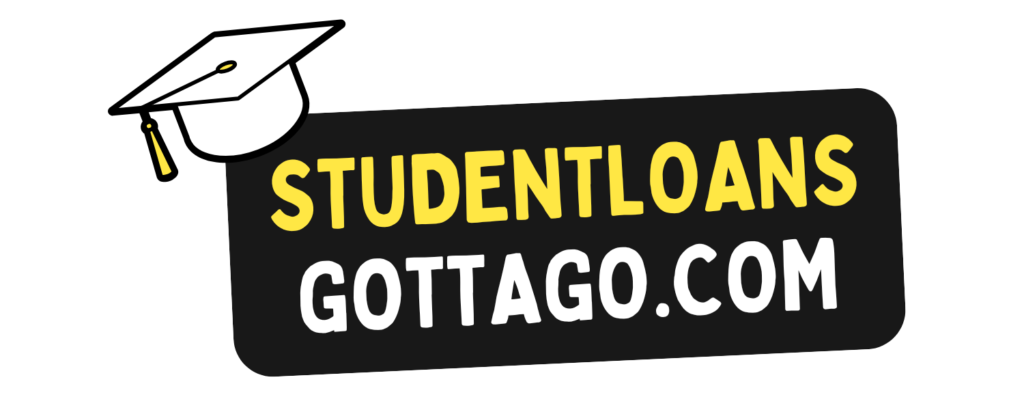Navigating the world of student loans can be overwhelming, particularly for those who are committed to public service careers. For many, the burden of student debt can feel insurmountable, but there is hope for relief through the Public Service Loan Forgiveness (PSLF) program. This blog post will explore what PSLF is, its eligibility requirements, how it works, and tips for successfully navigating the application process.
Understanding Public Service Loan Forgiveness
Public Service Loan Forgiveness is a federal program designed to encourage individuals to pursue careers in public service by forgiving their remaining federal student loan balance after a specified period of qualifying payments. Established by the College Cost Reduction and Access Act of 2007, the program aims to alleviate the financial burden of student loans for those working in sectors such as government, non-profit organizations, and public education.
Who is Eligible?
To qualify for PSLF, borrowers must meet several criteria:
- Loan Type: Only Direct Loans are eligible for PSLF. This includes Direct Subsidized Loans, Direct Unsubsidized Loans, Direct PLUS Loans, and Direct Consolidation Loans. If you have Federal Family Education Loans (FFEL) or Perkins Loans, you may need to consolidate them into a Direct Consolidation Loan.
- Employment: Borrowers must work full-time for a qualifying employer. You can verify if your employer qualified by using the PSLF Employer Search tool on StudentAid.gov. Qualifying employers typically include:
- Government organizations at the federal, state, local, or tribal level.
- Non-profit organizations classified as 501(c)(3) entities.
- Other non-profit organizations providing qualifying public services.
- Payment Plan: You must be on an Income-Driven Repayment Plan (IDR) or a 10-Year Standard Repayment Plan to make qualifying payments. Note that 10-Year Standard Repayment for Consolidation Loans does not qualify for PSLF.
- Qualifying Payments: Borrowers need to make 120 qualifying monthly payments. These payments must be made after October 1, 2007, and must be made on time while you are working for a qualifying employer.
How Does PSLF Work?
The PSLF program is designed to make the repayment process manageable for those dedicated to serving their communities. Here’s how it works:
- Consolidation: If you have loans that are not eligible for PSLF, consider consolidating them into a Direct Consolidation Loan. This is an important step to ensure that all your loans qualify under the program.
- Choosing the Right Repayment Plan: Income-Driven Repayment Plans can lower your monthly payments based on your income, making it easier to meet the requirements while working in a lower-paying public service job.
- Making Payments: Once you are enrolled in a qualifying repayment plan, make sure you keep track of your payments. You can check your payment history through your loan servicer.
- Employment Certification: To track your progress towards forgiveness, submit the Employment Certification Form annually or whenever you change employers. This form verifies your employment and confirms that it qualifies for PSLF.
- Applying for Forgiveness: After making 120 qualifying payments, you can submit the PSLF application for forgiveness. If everything checks out, your remaining loan balance will be forgiven.
Common Challenges and Considerations
While PSLF is an excellent opportunity for many borrowers, it’s essential to be aware of potential challenges:
- Loan Servicer Confusion: Many borrowers have experienced miscommunication with loan servicers regarding their eligibility and the PSLF process. It’s crucial to stay proactive, keeping detailed records of your payments and communications.
- Employment Verification: Ensuring that your employer meets the qualifying criteria can sometimes be confusing. If you switch jobs, verify that your new position also qualifies.
- Payment Tracking: Keeping track of your 120 qualifying payments can be daunting. Regularly check your loan servicer’s records and maintain your documentation.
- Changes in Legislation: The rules governing PSLF have changed over the years, and it’s essential to stay updated on any new policies or modifications that might affect your eligibility or application process.
Tips for Success
To maximize your chances of successfully obtaining loan forgiveness, consider the following tips:
- Stay Organized: Keep detailed records of your employment, payment history, and any communications with your loan servicer.
- Submit Employment Certification Forms Annually: This will help you keep track of your qualifying employment and payments.
- Communicate with Your Loan Servicer: Regularly check in with your servicer to ensure you are on the right track and to clarify any questions you may have.
- Utilize Resources: There are numerous resources available, including the Federal Student Aid website, that can provide guidance and answer questions about the PSLF program.
- Consider Financial Counseling: If you’re feeling overwhelmed, you can book a consultation with StudentLoansGottaGo.com and we’d be happy to help you find the best pathway for tackling your loans.
Conclusion
Public Service Loan Forgiveness offers a valuable opportunity for those who dedicate their careers to serving others. By understanding the eligibility requirements and navigating the application process, borrowers can take significant steps toward alleviating their student loan burdens. If you’re considering a career in public service, exploring PSLF can make your journey more manageable and financially sustainable. Whether you’re a teacher, nurse, or community organizer, the promise of loan forgiveness can empower you to pursue your passion without the looming shadow of student debt.

